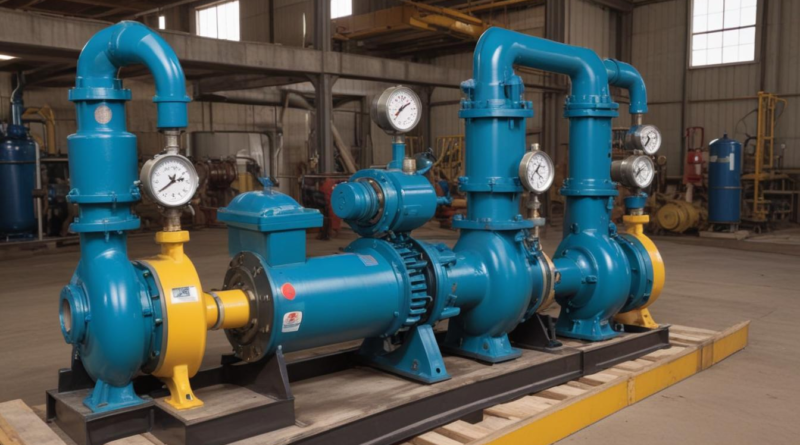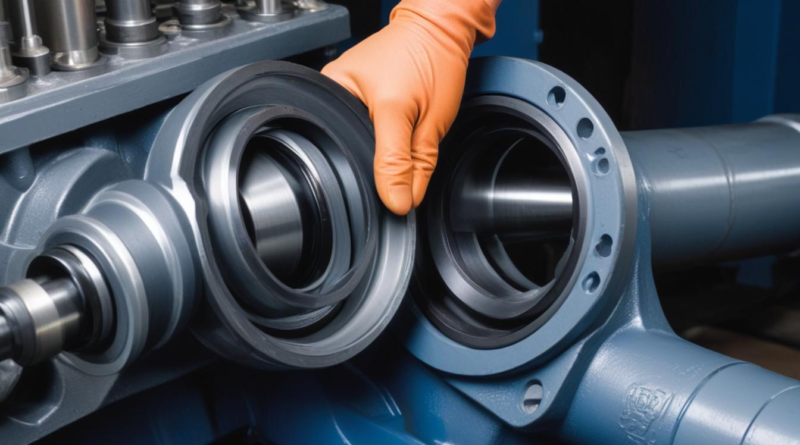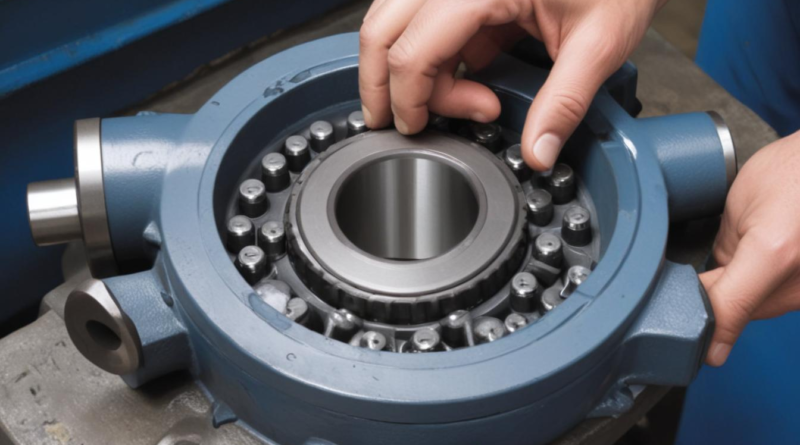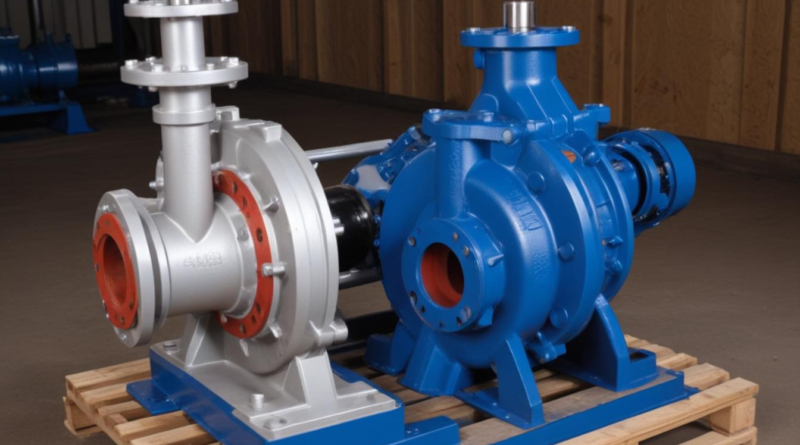safety tips when working with pumps
Ensuring pump safety involves a multifaceted approach, including the proper selection and use of personal protective equipment, regular maintenance and inspections, safe handling and installation protocols, robust electrical safety practices, and effective emergency shutdown procedures. Implementing these best practices minimizes workplace hazards, enhances equipment longevity, and promotes a secure and efficient operational environment.
Read More




